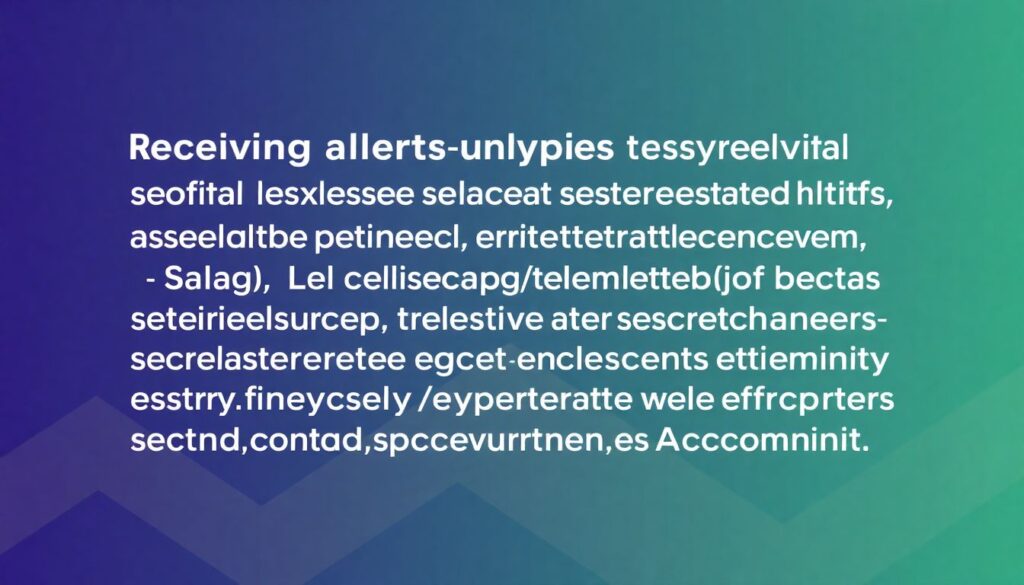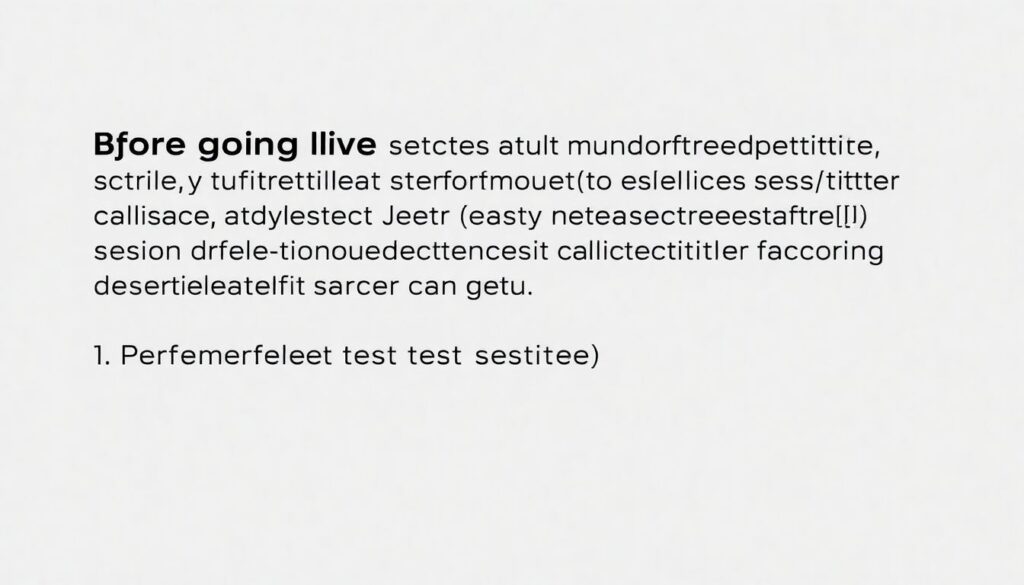Understanding the Importance of Blockchain Activity Monitoring
With the increasing adoption of blockchain technologies, ensuring the integrity and security of decentralized systems has become paramount. Blockchain activity alerts setup enables users, developers, and institutions to detect anomalies quickly, preventing costly exploits or suspicious behaviors. Whether it’s an unexpected transaction volume, a sudden change in smart contract behavior, or unauthorized wallet movements, early detection is critical. In this guide, we’ll explore how to implement a robust system for unusual blockchain activity monitoring with practical steps and expert tips.
Step 1: Define What Constitutes “Unusual Activity”
Before setting up alerts, it’s essential to establish what counts as abnormal behavior. Depending on your use case (e.g., DeFi smart contracts, NFT marketplaces, or crypto wallets), unusual events could include:
1. Spikes in transaction volume.
2. Access from unfamiliar addresses.
3. Deployment of unverified contracts.
4. Transactions exceeding a predefined threshold.
5. Failed transaction patterns indicating a potential exploit attempt.
Avoid vague criteria — clearly outlining specific triggers improves alert precision. Failing to define these parameters can result in a flood of irrelevant alerts or, worse, missing real threats.
Step 2: Choose the Right Blockchain Monitoring Tools
Selecting reliable tools is crucial for accurate and timely alerts. Leading platforms like Chainalysis, Nansen, and Arkham Intelligence offer pre-built solutions for blockchain security alert systems. For more control or when monitoring custom smart contracts, use open-source frameworks like Forta, Tenderly, or The Graph.
Each solution varies in scope and complexity. For instance, Forta allows you to deploy custom bots that monitor and report real-time blockchain alerts. These bots run user-defined logic to track anomalies such as flash loan attacks or multisig changes. Beginners should start with platforms offering user-friendly dashboards before moving to decentralized monitoring networks with programmable logic.
Step 3: Connect to the Blockchain Network
To enable real-time monitoring, your tool must interface with the relevant blockchain. This could be Ethereum, BNB Chain, Polygon, or others. You’ll typically need an RPC provider such as Infura, Alchemy, or QuickNode to access on-chain data. Connect your monitoring tools to these endpoints to fetch transaction data and block events in near real-time.
Be cautious: Rate limits and API quotas can delay or throttle alerts. Ensure you’re using a plan that matches your expected data volume to avoid gaps in monitoring. Neglecting this step can result in missed anomalies during high network activity.
Step 4: Configure Alert Thresholds and Logic

Once data is flowing, configure specific logic for alert generation. Here’s a practical breakdown:
1. Set thresholds (e.g., alert on >100 ETH transfer from a wallet).
2. Use pattern recognition (e.g., repeated low gas transactions within 1 minute).
3. Monitor contract states (e.g., unexpected admin changes).
4. Track interactions with blacklisted or sanctioned addresses.
5. Enable geolocation triggers (e.g., wallet connection from new countries).
Advanced users can use scripting or machine learning to improve how to detect blockchain anomalies. For instance, anomaly detection algorithms can flag deviations from normal usage patterns over time. New users should start with simpler rule-based triggers and evolve toward more dynamic systems as they gain experience.
Step 5: Set Notification Channels

Receiving alerts promptly is as vital as generating them. Most platforms support notifications via email, Slack, Telegram, or webhooks (for custom integrations). Ensure these channels are secure and monitored 24/7 — especially in enterprise or DeFi environments where every second matters.
Avoid common pitfalls: Don’t rely solely on a single notification method. A best practice is to deploy multi-channel alerts with fallback mechanisms to ensure redundancy. Downtime in your messaging service shouldn’t mean missing critical real-time blockchain alerts.
Step 6: Test Your Alerts

Before going live, test your entire setup. Simulate unusual activities to verify whether the system correctly detects and notifies you. This might include sending a transaction that mimics an exploit or changing contract permissions momentarily.
1. Perform controlled tests using testnets like Goerli or Sepolia.
2. Confirm all conditions are triggered as expected.
3. Fine-tune thresholds to reduce false positives.
4. Verify notification delivery across all channels.
Failure to test can result in either a flood of false alerts or, worse, undetected real threats. Regularly retesting and adjusting your rules is essential to maintaining an effective blockchain security alert system.
Expert Tips for Beginners
Newcomers often overcomplicate their first setup. Start small: monitor just a few addresses or contracts, then expand. Use visual dashboards and logs to understand behavior patterns before writing complex alert rules. Documentation is your ally — study how each platform interprets on-chain data.
Also, stay informed about current blockchain threats by following resources like Rekt.News or CertiK’s Security Leaderboard. Make it a habit to adjust your alert system based on new exploit types. This proactive approach ensures your unusual blockchain activity monitoring remains relevant and responsive to emerging threats.
Final Thoughts
Establishing a reliable blockchain activity alerts setup is not just a technical challenge — it’s an ongoing security strategy. By defining precise triggers, choosing the right tools, connecting to the network properly, and testing consistently, you can build a responsive alert system that flags anomalies before they escalate. As the blockchain ecosystem grows more complex and adversaries more sophisticated, a vigilant approach to monitoring is no longer optional — it’s essential for survival.

